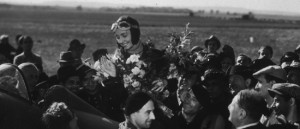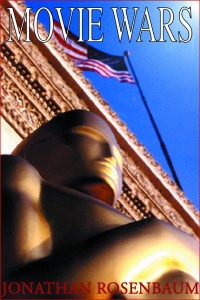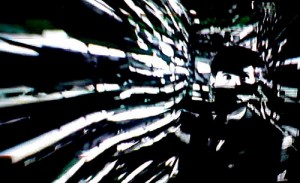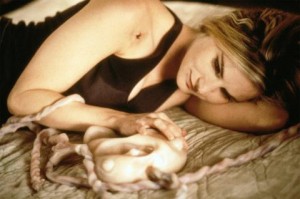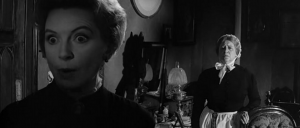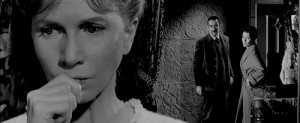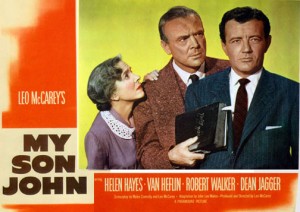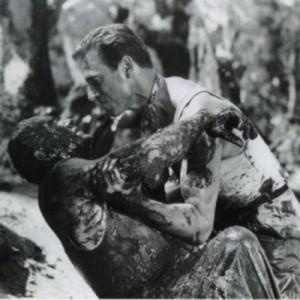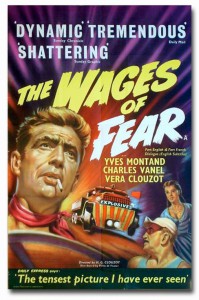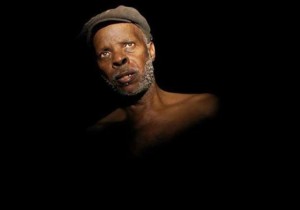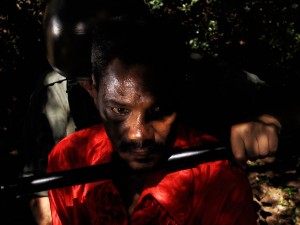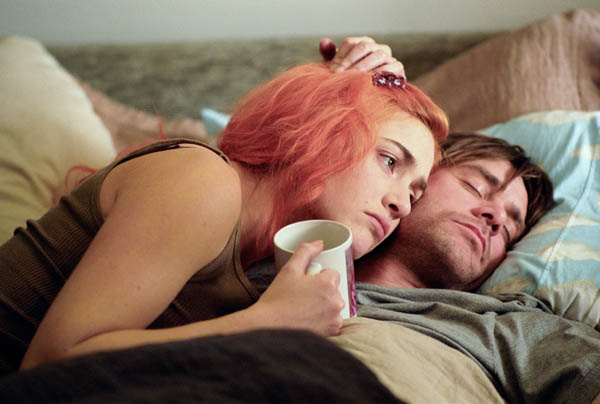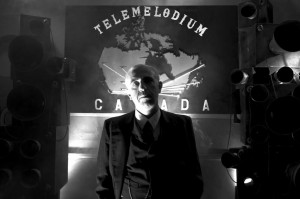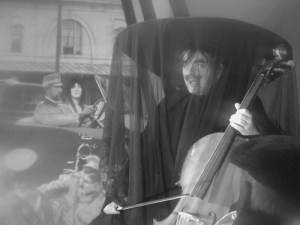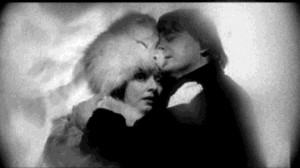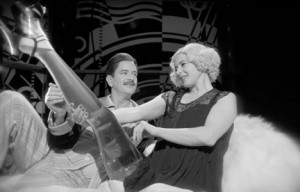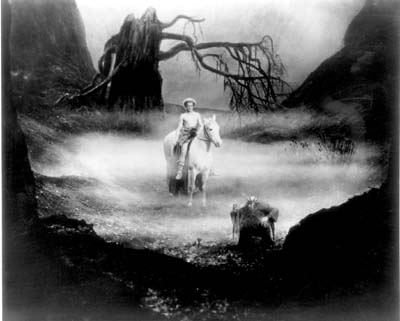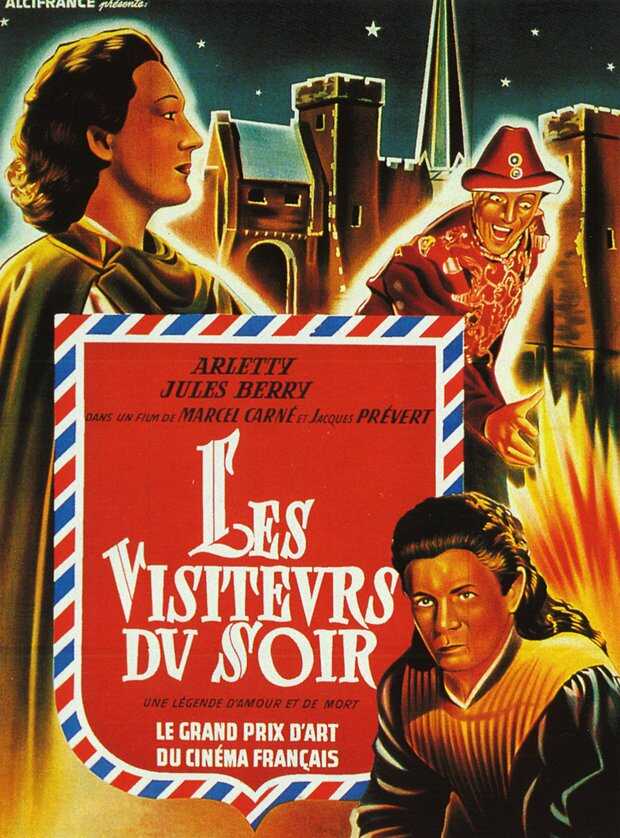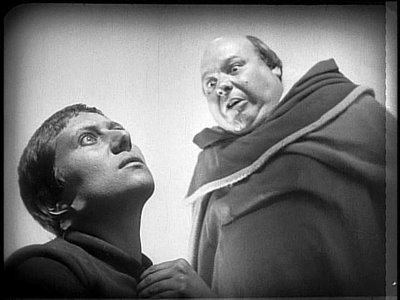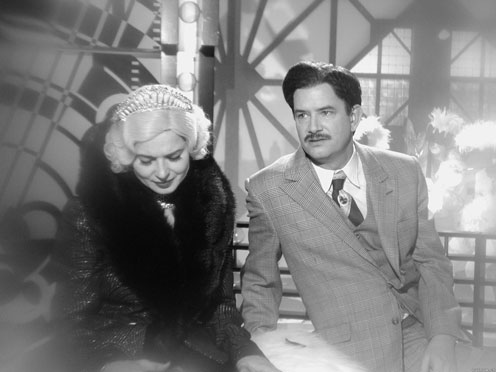Written in August 2016 for my November 2016 “En movimiento” column in Caimán Cuadernos de Cine. — J.R.
Do we value actors for their visible and audible skills, or for their capacity to make us forget that they’re actors? Over the past month, both at the Melbourne International Film Festival and back in Chicago, at cinemas or watching home videos, I’ve been asking myself this question in relation to such new films as Jim Jarmusch’s Paterson, Albert Serra’s La Mort de Louis XIV, Maren Ade’s Toni Erdmann, Paul Verhoeven’s Elle, David Mackenzie’s Hell or High Water, and Stephen Frears’ Florence Foster Jenkins, and such older films as Anthony Mann’s Winchester ’73, Tony Richardson’s A Taste of Honey, and Jerry Lewis’s Smorgasbord. And, needless to say, my answers to this question differ enormously, mainly according to how familiar I am with the actors involved — which doesn’t necessarily mean how many times I’ve seen them before. For instance, prior to Paterson, I’d already seen Adam Driver in J. Edgar, Frances Ha, Lincoln, Inside Llewyn Davis, and Midnight Special, but I only know this now because I just looked up his credits. Read more




